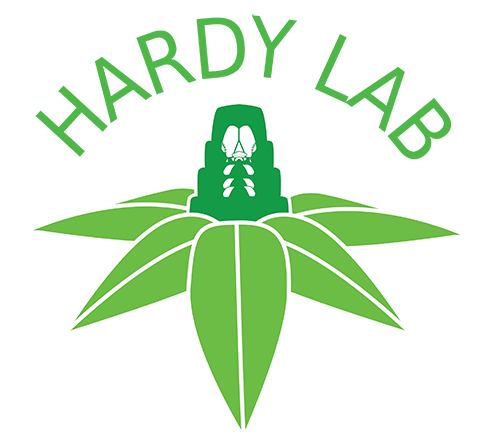Valid Names Results
Platylecanium sarawakense Hodgson, 2025 (Coccidae: Platylecanium)Nomenclatural History
- Platylecanium sarawakense Hodgson 2025a: 185. Type data: SARAWAK: Gunung / Mulu National Park, Melinau, Camp 5, 3/1/1989, by J.H. Martin. Holotype, female, by original designation Type depository: London: The Natural History Museum, England, UK; accepted valid name
Common Names
Ecological Associates
Hosts:
Families: 1 | Genera: 1
- Piperaceae
- Piper nigrum | Hodgso2025a
Geographic Distribution
Countries: 2
- Brunei | Hodgso2025a
- Indonesia
- Sulawesi (=Celebes) | Hodgso2025a
Keys
Remarks
- Systematics: P. sarawakense is very similar to P. asymmetricum and P. mesuae. It differs from P. asymmetricum in lacking the deep cleft under the inner margins of each anal plate, and from P. mesuae in having the anal plate apodemes clearly separate along their entire length (they are fused anteriorly in P. mesuae). Platylecanium sarawakense is also very similar to P. cribrigerum but the latter (i) lacks crenulations along the margin (crenulated on P sarawakense) (ii) the anal plates are almost as long as their combined widths, each with a blunt or rounded apex width (much longer on P. sarawakense and with a pointed apex), and P. cribrigerum has few multilocular disc-pores in abdominal segment VI (many more on P. sarawakense). Platylecanium sarawakense is also somewhat similar to P. watsoniae, (Hodgson, 2025)
- Structure: Slide-mounted adult female body oval and basically symmetrical (non-type specimensstrongly asymmetrical), rounded at both ends, length 4.4‒4.5 (3.0‒4.8) mm, width 2.6‒3.2 (1.7‒2.9) mm; anal cleft about 1/7th of body length. Platylecanium sarawakense is recognisable by the following combination of characterstates: (i) roundly oval body shape; (ii) margin clearly crenulated; (iii) marginal setae almost entirely restricted to marginal reticulation points; (iv) dorsal setae about half length of marginal setae; (v) anal plates slightly longer than combined width, each plate with an acute apex; (vi) underside of each anal plate with a crescent-shaped sclerotisation along inner margin; (vii) preopercular pores absent (or rare) on anteriormost clear areas; (viii) each stigmatic cleft with 3 spinose setae; (ix) multilocular disc-pores rather more abundant than on many species; (x) legs reduced to just claws without digitules, and (xi) antennae very reduced. (Hodgson, 2025)
- Biology: Reddish in life with a white waxy test. Found on the upper surface of leaves. (Hodgson, 2025)
- General Remarks: Detailed description ,and illustration in Hodgson, 2025
Illustrations
Citations
- Hodgso2025a: description, diagnosis, distribution, host, illustration, taxonomy, 185-188


